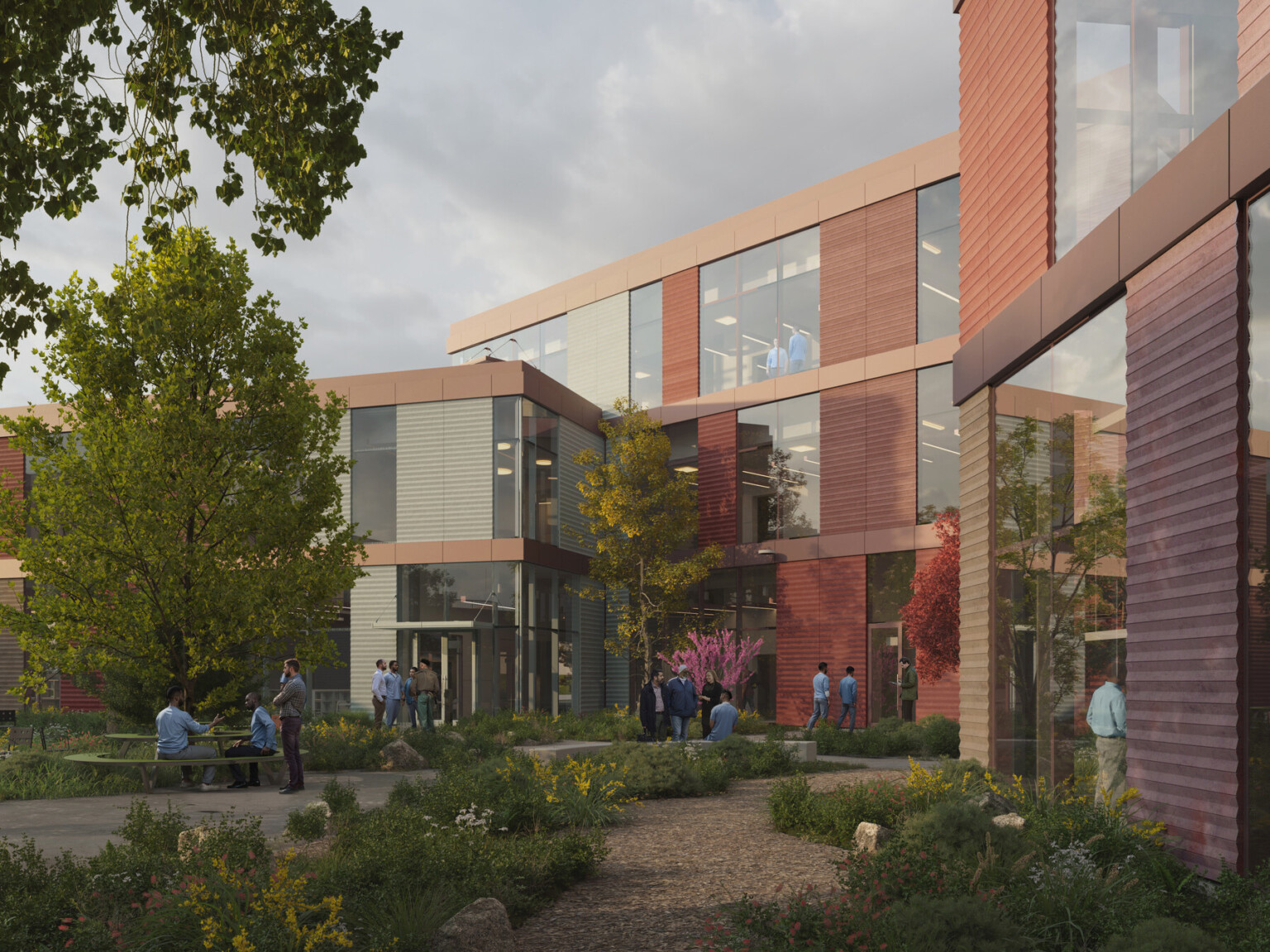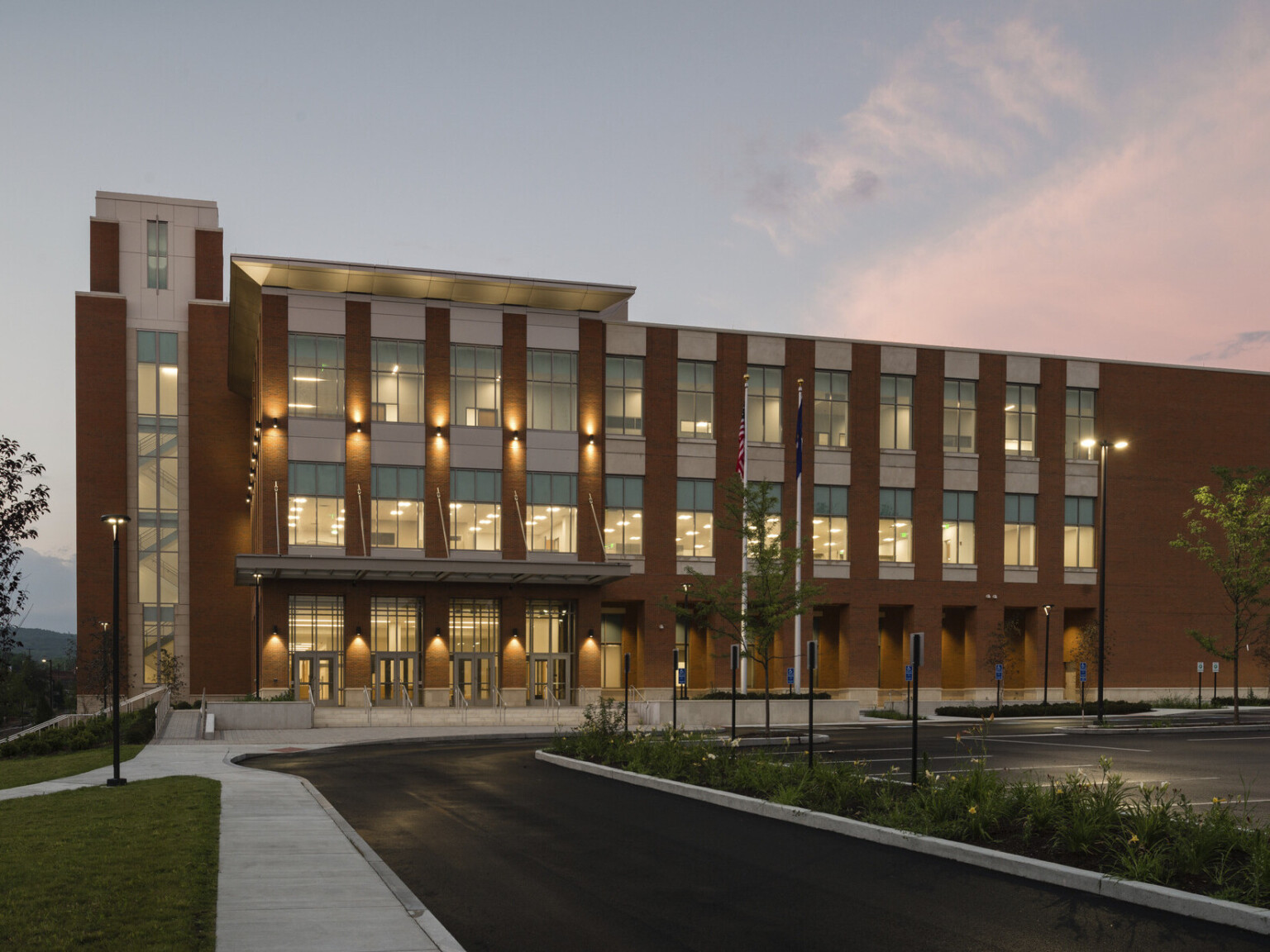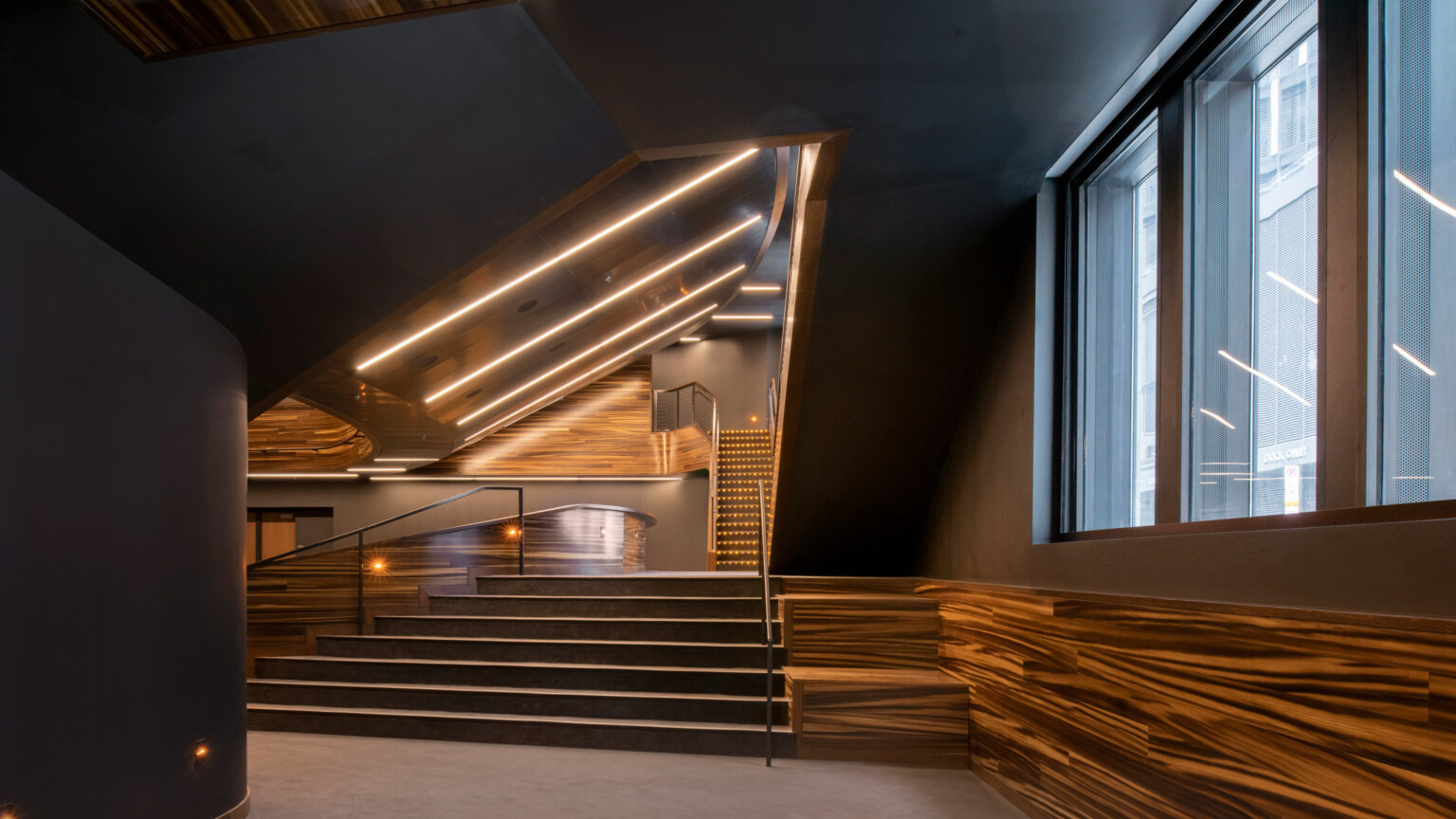
Q&A with Metropolis Climate Toolkit Interior Designers
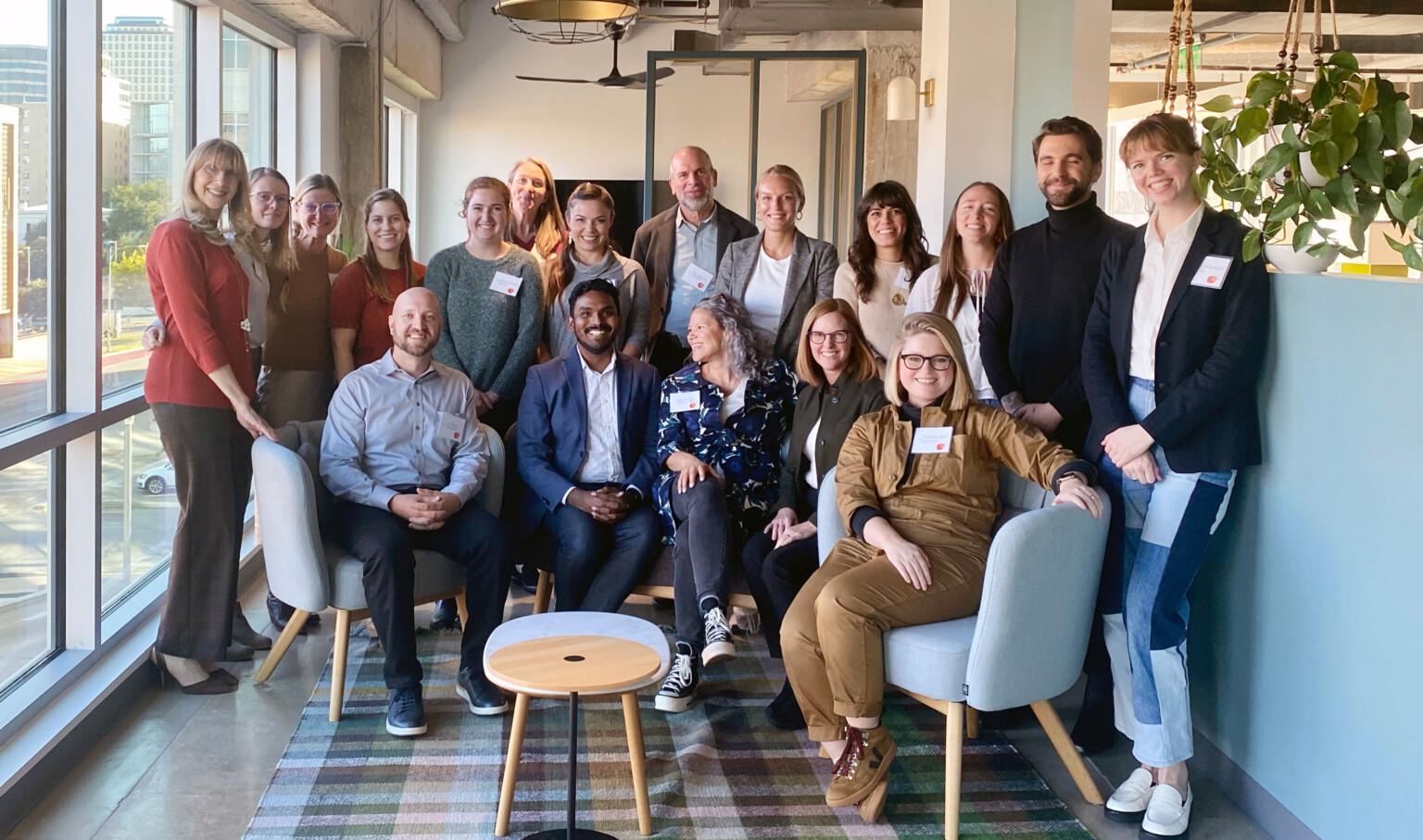
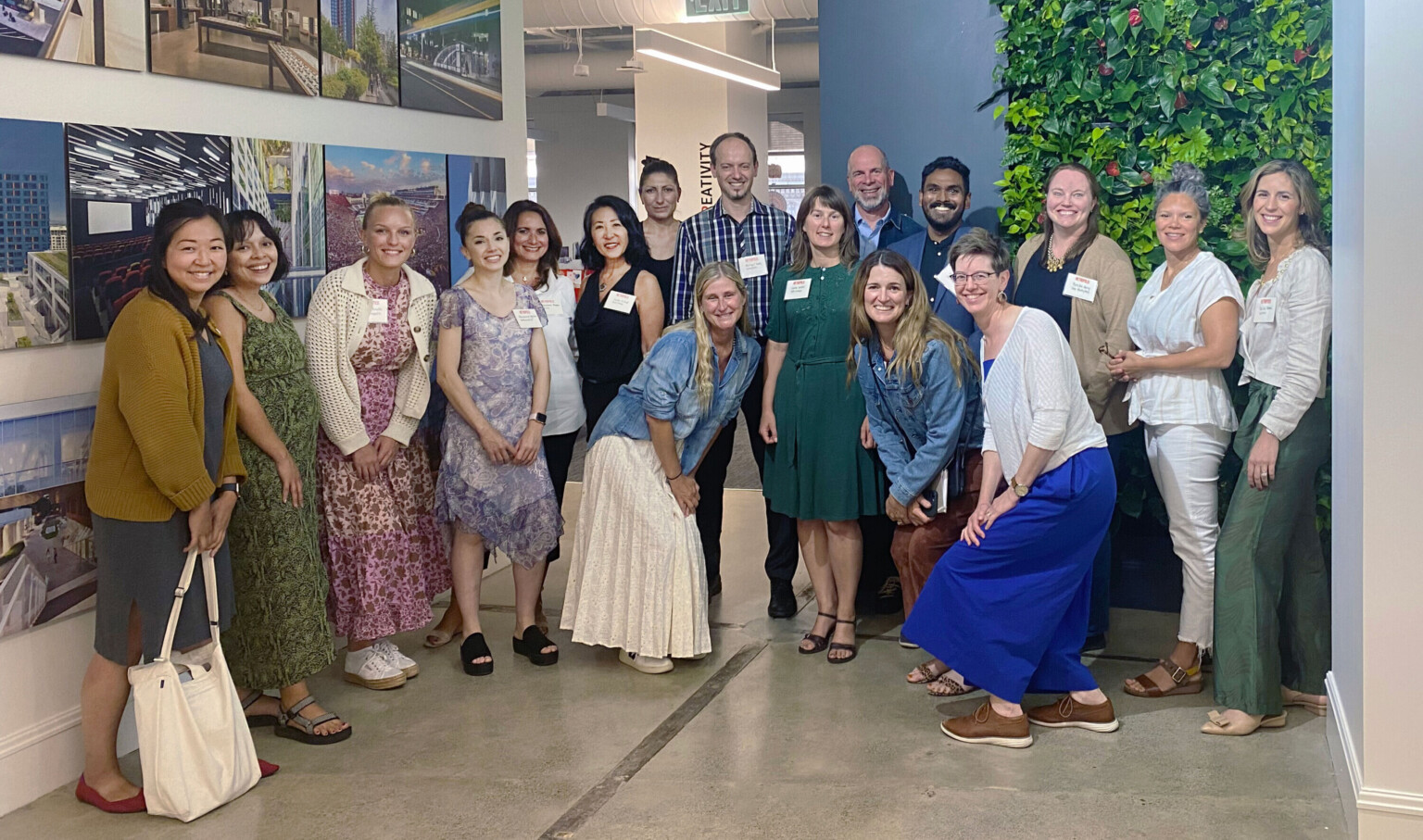
What was your biggest “a-ha” moment during the workshop?
Susan: We need to reset the “white box” mentality most interior designers default to on tenant improvements. When we begin this type of project, we automatically think of demolition down to the core wall, creating a “white box” ready for new designs. Shifting to a reuse mindset is particularly relevant now because there are so many office spaces up for sublease that were fit out to high finish levels just before or during COVID-19. Why scrap all those materials and start over? How can designers rethink for re-use? It starts during programming: walking the space and asking the right questions about salvaging and disassembly. The client, contractor, and design team all need to buy into reuse since it takes creative thinking, strategic interventions, and more complex phasing and logistics. Done right, it can both reduce the carbon impact of space refreshes and accelerate move-in schedules.
Graciela: We need to open the cycle of education and awareness building. Leaders in the design industry always talk about sharing knowledge across firms. The workshop and resulting toolkit show the fruits of sharing. We need to continue reaching across the aisle to other disciplines in the design industry, challenging the perception that embodied carbon is just for architecture and structural engineering. I’m lucky to work at an integrated firm where cross-discipline conversations happen every day, and I’m grateful we work with progressive clients like Google LLC, and Stripe, Inc who already expect embodied carbon tracking for interiors.
What was your biggest contribution to the toolkit or workshop?
Laura: DLR Group led advocacy and definition for the Acknowledge that Hotspots Can Change section. We need to be realistic that design and construction take years, and product availability and makeup can change across that span.
Susan: We had a robust discussion about funding change. There are often surprising funding sources for carbon reduction efforts in the built environment, and designers can accelerate adoption among manufacturers by connecting them to these resources. One specific example is funding set aside in the Inflation Reduction Act that can be accessed toward environmental product disclosures, also known as carbon labeling.
What’s your biggest challenge when implementing the ideas outlined in the toolkit? How have you overcome this challenge?
Susan: Back to reuse, the challenge is in the initial inventory process. Identifying items with potential for reuse, such as furniture, walls, and lighting is tedious and time-consuming. Materials and construction details not designed for disassembly only add to the headache. This area is ripe for exploration; I’m excited to see if reality capture, 3D scanning, and automation could unlock efficiencies and minimize the time barrier to reuse.
Graciela: In every interior design project, designers specify dozens – and even hundreds – of materials. Tools like Material Bank are incredibly powerful resources, but the reality is that design teams also receive samples from in-person visits, direct from the manufacturer, or even from a colleague’s personal collection stashed away at their desk. Honesty from firms about the challenges and realities of the ways teams work will have a positive downstream effect on specification and the building’s lifecycle impacts.
What should the toolkit tackle next?
Laura: Trade-off tracking. While products and materials are rapidly evolving, it’s still not always possible to have one product that fires on all cylinders. Part of our job as designers is to clearly communicate the trade-offs to clients so they can make informed decisions. Clear tradeoff communication also serves to confirm that reporting gaps still exist, raising awareness to address these gaps in future vetting.
Susan: A programming-stage checklist for reuse project strategy. I’m currently leading a project moving toward this. Collaborating with the project manager, the contractor, and the client – a global enterprise cloud communications provider – we are planning to reuse existing walls, ceilings, lighting, and power/data. We’re proactively lowering the carbon footprint, and the client is pleased with lower costs and a faster schedule to boot.
Our partnership with Metropolis is one way we’re actively supporting our commitment to AIA’s Materials Pledge.









